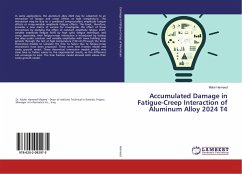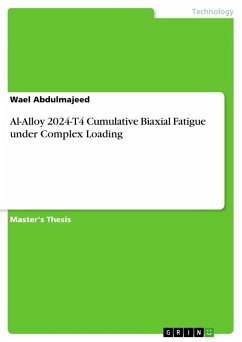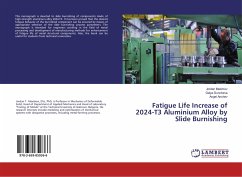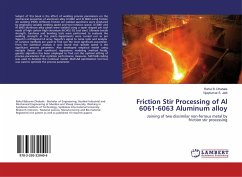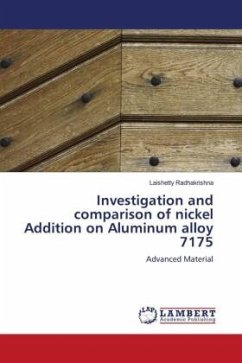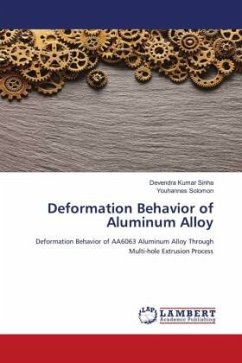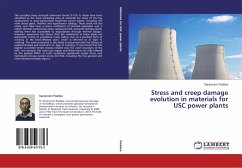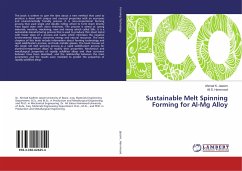In some applications, the aluminum alloy 2024 may be subjected to an interaction of fatigue and creep effects at high temperature. The interaction may be due to a combined creep-constant amplitude fatigue effects or creep-variable amplitude fatigue effects. This book, therefore, provides a new metric of success for investigates the effect of these interactions by studying the effect of constant amplitude fatigue (CAF), variable amplitude fatigue (VAF) by high cyclic fatigue technique, and creep separately, then fatigue-creep interaction is introduced by testing the alloy under constant and variable amplitudes with some holding time periods through the test at high temperature (150 oC).Through the book Theoretical models to calculate the time to failure due to fatigue-creep interactions have been proposed. These were time fraction model and cavity growth model. These theoretical interaction models predict very close time to failure values to the experimental results, so the difference can converges to zero. The time fraction model showed safer values than cavity growth model.

